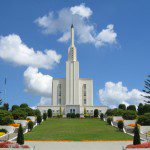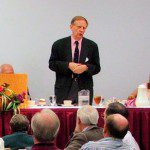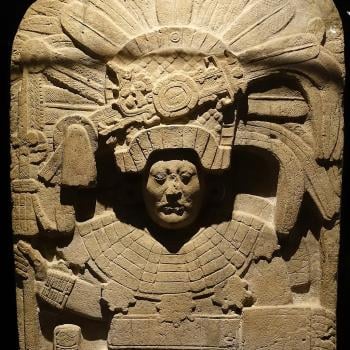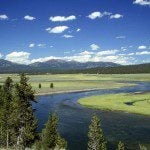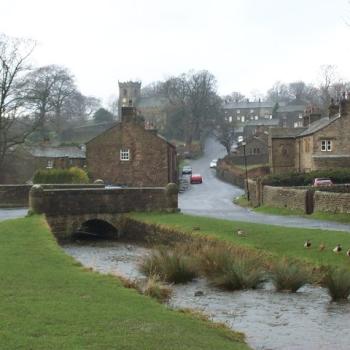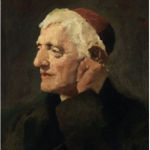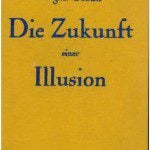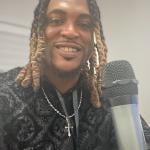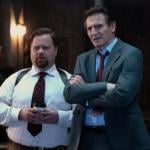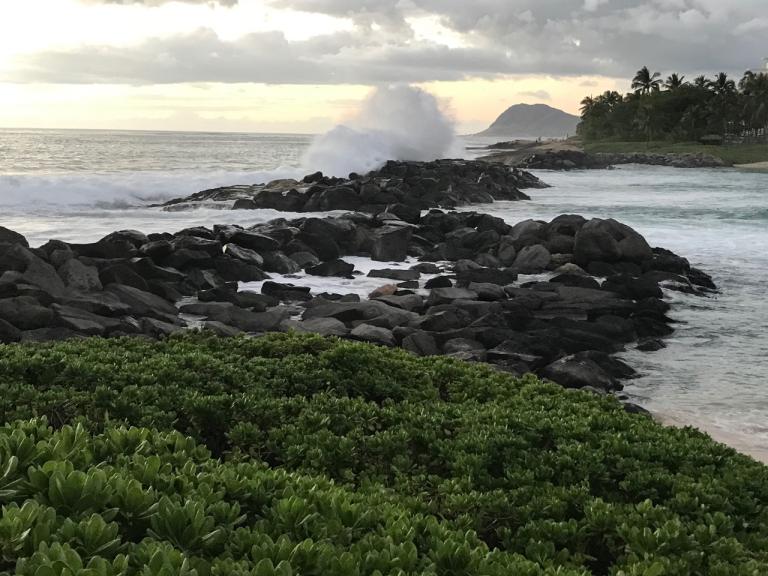
I sometimes encounter the complaint from some atheists that they don’t even desire immortality because, they say, eternal life would be unendurably boring. I don’t take the complaint very seriously. On any given day, if I were to be told that I could choose between my life ending at midnight, on the one hand, and, on the other, having at least one more day, I would always choose the latter. I would prefer to think of the next day, of the next minute, rather than of “forever” as some sort of concrete and monolithic reality, and I’m always up for the next minute and the next day. I’ll always elect for yet another dip in the pool, yet another Alpine panorama or tropical seascape, tomorrow’s chocolate milkshake or chicken coconut kurma, one more repetition of Pachelbel’s Canon, one more viewing of Groundhog Day. I’ve always found it difficult to call it quits and turn the lights off at night. Am I bored by tours to the Middle East? I can see why one might imagine it to grow boring. But I always enjoy introducing people to the pyramids and Caesarea Philippi and the Hagia Sophia for the first time.
There’s much more that could be said, of course, in response to the claim that immortality will be unbearably dull. And I suppose that the claim does raise a serious issue. But I ran across this passage from G. K. Chesterton’s classic book Orthodoxy (1908) a few moments ago, and it seems cheekily relevant to the topic:
Because children have abounding vitality, because they are in spirit fierce and free, therefore they want things repeated and unchanged. They always say, “Do it again”; and the grown-up person does it again until he is nearly dead. For grown-up people are not strong enough to exult in monotony. But perhaps God is strong enough to exult in monotony. It is possible that God says every morning, “Do it again” to the sun; and every evening, “Do it again” to the moon. It may not be automatic necessity that makes all daisies alike; it may be that God makes every daisy separately, but has never got tired of making them. It may be that He has the eternal appetite of infancy; for we have sinned and grown old, and our Father is younger than we.
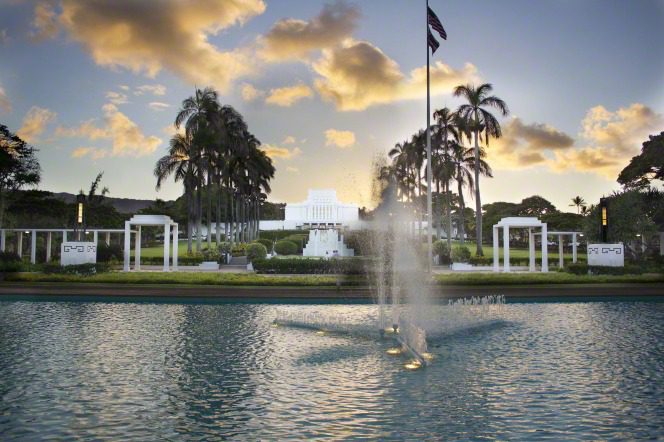
(LDS Media Library)
We had reservations for a session at the Lāʻie Hawai’i Temple the other day but, for previously unforeseen reasons, we had to let them go. (We also had to cancel our reservations for a whale watching cruise, for the very same previously unforeseen reasons.)
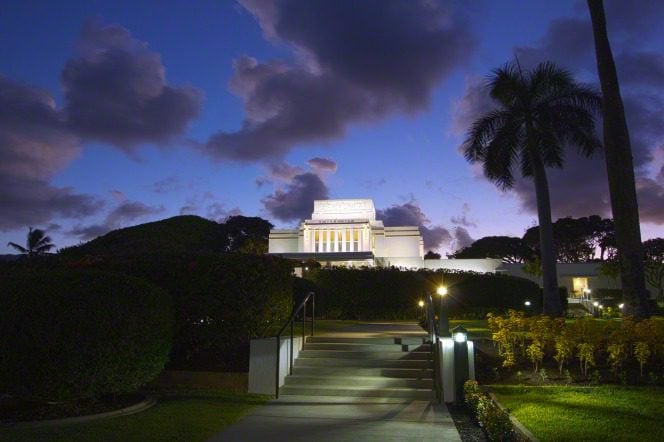
Today, though, we had lunch at the home of a friend across the island in Kahuku and, thereafter, we at least had the chance to drive over to the Temple and to spend just a few minutes walking around its extraordinarily beautiful grounds, and then to drive for just a bit around the Hawai’i campus of Brigham Young University. There is a special spirit in and about Lāʻie that I’ve felt every time I’ve visited. Including today. Perhaps it even antedates the Temple and the Latter-day Saint settlement there since, in former times, it was — very appropriately, I think — a puʻuhonua, a sanctuary for fugitives.

I had hoped to touch base with Professor Matthew L. Bowen, who teaches at Brigham Young University’s Hawai’i campus and who is a still relatively recent addition to the board of directors of the Interpreter Foundation. Unfortunately, we were unable to make it work. But he was able to be in our home back in Utah just a few days ago for the first Interpreter Foundation board meeting of 2024, so that will have to do.
Dr. Bowen has published numerous articles as well as these two books through the Interpreter Foundation:
- Name as Key-Word: Collected Essays on Onomastic Wordplay and the Temple in Mormon Scripture (2018)
- Ancient Names in the Book of Mormon: Toward a Deeper Understanding of a Witness of Christ (2024)
I commend his work to your attention.
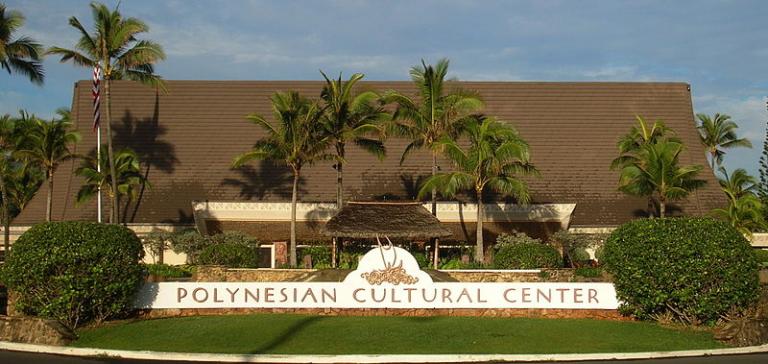
For reasons that will shortly become apparent, I’ve lately been reading a fair amount about New Zealand history and the history of the Māori. And I can’t help but contrast the attitudes of the nineteenth-century Pākehā, the New Zealanders of European descent, toward the “indigenous” peoples of the country with the attitudes of Latter-day Saint leaders that led them to found the Polynesian Cultural Center (the PCC) in Lāʻie. The Brethren were, of course, concerned about the costs to students –especially, then, to (often impoverished) Polynesian students — of an education at BYU-Hawaii. They believed that the PCC would help those students finance their schooling. But they were also concerned that the traditional cultures of not only Hawaii but Samoa, Tonga, Tahiti, Fiji, and other Pacific islands (including Aotearoa or New Zealand) were in danger of disappearing. So they created the PCC to preserve, showcase, and “incentivize” the cultivation and conservation of those cultures. In New Zealand history, however, a recurrent theme among Pākehā politicians and leaders in the 1800s was that it was the destiny (and, perhaps, even the duty) of the Māori to assimilate if not altogether to disappear. This is no longer the attitude, of course. And happily so. But I’m proud that Church leaders took practical steps all the way back in 1963 to try to preserve the cultures and traditions of the island peoples.
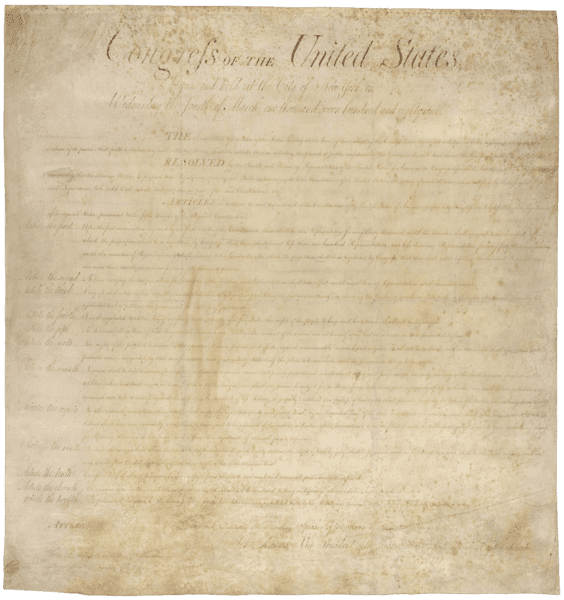
It looks a bit faded, doesn’t it? Nevertheless, I (for one) remain a fan.
I don’t think that one needs to hold to any particular political views — I myself foreswore any and all public political views a few years ago, and I no longer publicly care who occupies 1600 Pennsylvania Avenue nor whether the Whigs, the Tories, or the Federalists control the Parliament of the United States — in order to find such things as this rather, well, off-putting: “With FlashPoint Live, roster of Pentecostal ‘prophets’ hits the road for Trump: The tour’s personalities and themes are borrowed from ‘FlashPoint,’ a Christian current-events program that features Trump and his former officials, members of Congress, Israeli Prime Minister Benjamin Netanyahu and Fox News host Jeanine Pirro.” (Don’t just go by the title. Read the article. When did politics become our religion?)
Posted from Ko Olina, O’ahu, Hawai’i


